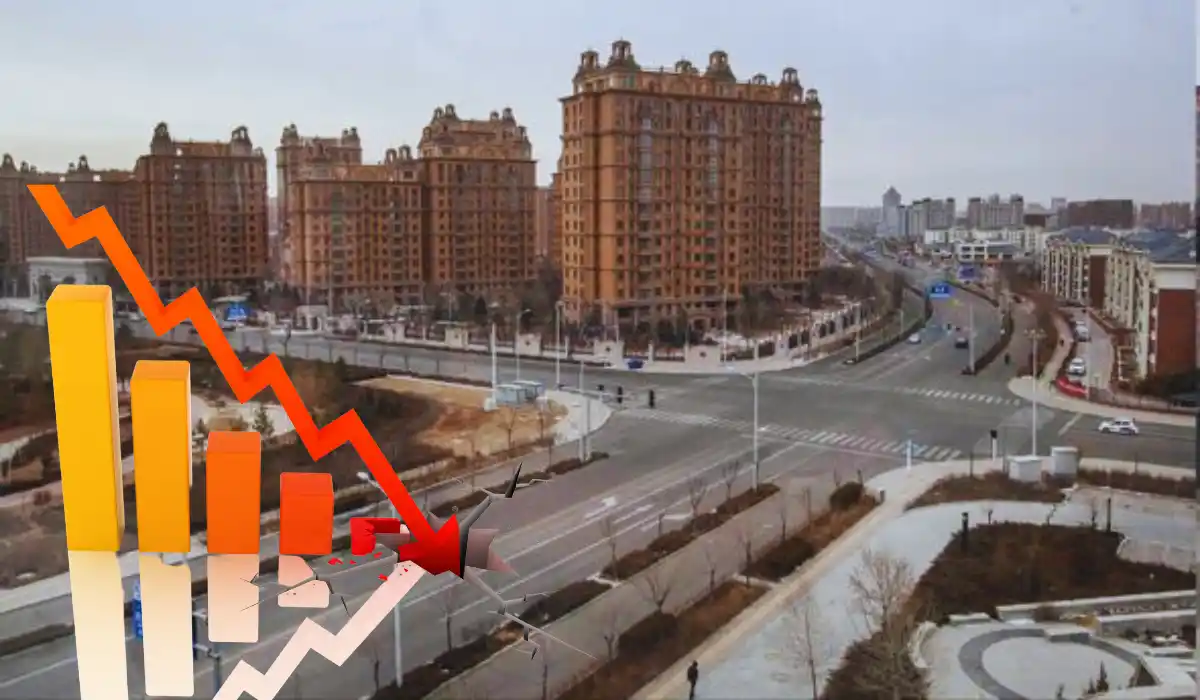
Unraveling the Impact: Evergrande’s $300 Billion Collapse and Its Global Ramifications
Introduction
In a seismic event that reverberated through global financial markets, China Evergrande, once the titan of real estate development, faced a Hong Kong court-ordered liquidation on January 29. This move marked the demise of the world’s most indebted property developer, sparking concerns about systemic risks and the broader implications for investors and the world economy.
The Unfolding Drama
Controlled Collapse or Unraveling Chaos?
While the collapse of Evergrande wasn’t entirely unforeseen, with its cash crunch becoming public knowledge in the latter half of 2021, the court-ordered liquidation sent shockwaves. Kyle Rodda, a senior market analyst, described it as a “controlled collapse,” indicating that signs were evident, but the extent of its impact remains uncertain.
The Lingering Uncertainties
The court appointed Alvarez and Marsal as the liquidator to manage Evergrande’s colossal $245 billion in assets. However, offshore creditors are anxiously awaiting a proposed debt restructuring plan, with concerns that liquidation might be the only recourse if an agreement isn’t reached. The legal tussle is further complicated by uncertainties about mainland China’s recognition and compliance with the Hong Kong court’s order, given that most of Evergrande’s assets reside in mainland China.
Navigating $300 Billion in Debt
The Hierarchy of Repayments
Evergrande’s assets, valued at $245 billion, fall significantly short of its staggering $300 billion debt. Secured creditors, holding collateral such as properties, take precedence in repayment. Subsequently, liquidators and associated winding-down expenses follow suit, with employee wages and governmental debts in line. Unsecured creditors, including bondholders, suppliers, and contractors, face a challenging scenario, while ordinary shareholders find themselves at the bottom of the repayment hierarchy.
Bleak Prospects for Offshore Creditors
The outlook is particularly grim for offshore creditors owed $25.4 billion. With a recovery rate estimated at a mere 3.4%, according to Deloitte’s analysis, creditors are now bracing for a rate even lower than 3%. The disparity between Evergrande’s debts and its assets paints a gloomy picture for those invested in its offshore securities, anticipating prolonged uncertainty and delays.
The Domino Effect on China’s Property Market
A Cautionary Tale for Real Estate Peers
Evergrande’s colossal debt, ten times more than 32 developers collectively restructured, serves as a warning to other Chinese companies. The court-ordered liquidation indicates that problems of similar magnitude in China may lead to some form of liquidation, either onshore or offshore.
Widespread Defaults in the Real Estate Sector
The property crisis in China extends beyond Evergrande, with several real estate peers already defaulting on their debts. While restructuring remains a viable option, the sheer scale of Evergrande’s debt highlights the challenges faced by other companies in the sector.
Economic and Market Sentiment in China
Navigating Economic Headwinds
China, the world’s second-largest economy, has been grappling with challenges, including a property crisis, deflationary pressures, and a demographic downturn. Despite a 5.2% growth in 2023, the economy’s worst performance in three decades, the specter of a property bubble adds to the complexities.
Stock Market Resilience or Looming Crisis?
Market sentiment over China’s economy was already bleak before Evergrande’s liquidation order. However, the markets showed a surprising resilience, with Hong Kong’s Hang Seng index slightly higher and the CSI 300 marginally down on the day of the court order. Analysts suggest that this indicates proactive and incremental management by Chinese authorities.
China’s Economic Transition
Evergrande’s liquidation is viewed as a signal of China’s commitment to quell the property bubble and transition to a more sustainable economic trajectory. The proactive approach by authorities reflects the challenges and opportunities as China charts its course, emphasizing growth areas like electric vehicles, lithium-ion batteries, and solar cells.
Conclusion
In the aftermath of Evergrande’s collapse, the world watches attentively as the repercussions unfold. The controlled demolition of this property giant sends ripples across the global financial landscape, posing challenges and lessons for investors, creditors, and companies within and beyond China. As we navigate this economic landscape, one thing remains certain—the aftershocks of Evergrande’s collapse will shape the future of real estate, finance, and economic policies.





